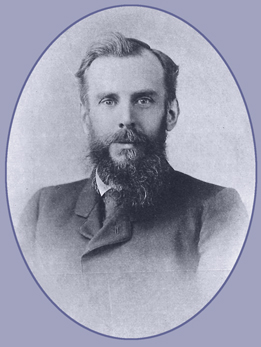Lesson 2
1. Lesson 2
1.5. Explore
Module 1: Logic and Set Theory
Explore

Source: Francis, H.T. In Memoriam John Venn.
Cambridge, 1923. Cambridge University Library.
Venn diagrams were invented by a guy named John Venn (no kidding!) as a way of showing relationships between different groups or sets of things. Venn also enjoyed building machines and made a device that bowled balls for cricket, which was so effective the top players could not make contact with the ball.
Set theory involves the study of sets, which are collections of elements. These elements may be universities (as in the example in Focus), vehicles (as in the Are You Ready? questions), or numbers (as in the Try This 1 activity).
As shown in Focus, Venn diagrams are often useful for visualizing elements of sets.

Formal set terminology can be used to describe these universities:
- The universal set is the set of all universities in Canada—not just the universities that offer medicine and veterinary medicine programs.
- Alberta, Saskatchewan, British Columbia, Calgary, and Montreal are the elements of the set of universities that offer medicine.
- The set of universities that offer medicine is a subset of the set of all universities in Canada.
Another term, complement, requires a bit more explanation. The complement of a set contains all elements from the universal set not in that set. The following examples may help:
| Universal Set | Set A | Complement of A |
| all trucks in Canada | red trucks |
all trucks in Canada that are not red |
| all cats and dogs in Rocky Mountain House | short-haired cats |
long-haired cats and all dogs in Rocky Mountain House |
| {1, 2, 3, 4, 5, 6, 7, 8, 9, 10} | {2, 4, 6, 8, 10} |
{1, 3, 5, 7, 9} |
You may want to read the definitions in the margins of pages 6 and 7 in your textbook.